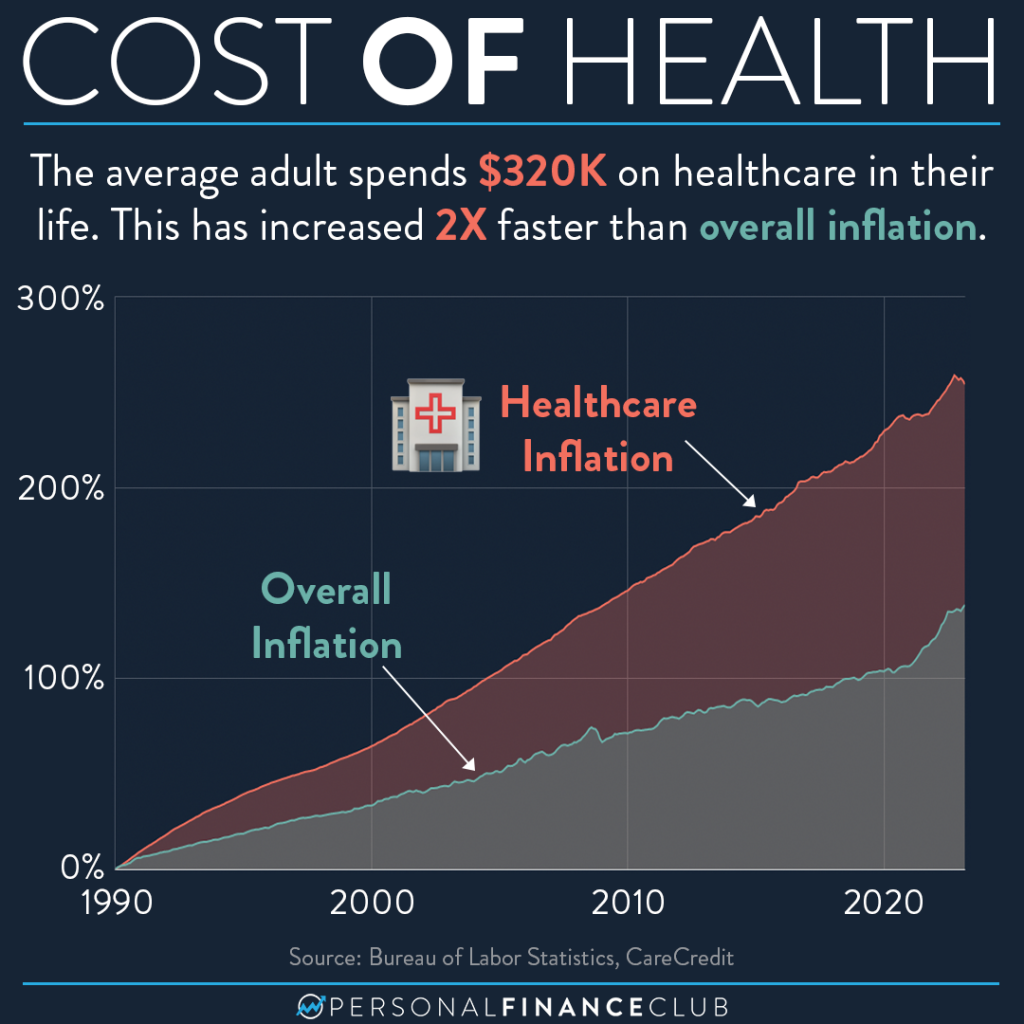Healthcare RCM: Optimize Revenue Cycle Monitoring for Better Outcomes
A Comprehensive Guide on Exactly How Health Care RCM Works to Simplify Invoicing and Collections
Navigating the intricacies of health care income cycle monitoring (RCM) is important for service providers intending to enhance their payment and collections procedures. The guide unloads the details of RCM, from individual registration to accounts receivable management, using insights right into maximizing each step.
Recognizing Revenue Cycle Management
Understanding the ins and outs of Earnings Cycle Administration (RCM) is important for medical care organizations aiming to enhance their financial efficiency. RCM is an essential management function that includes the whole financial procedure of individual care, from the preliminary consultation readying to the last payment of the equilibrium. It is a complicated procedure created to determine, gather, and manage the revenue from the solutions provided to individuals. Reliable RCM makes sure that medical care carriers obtain exact and prompt repayments, lessening the risk of profits loss and enhancing cash money circulation.
The RCM procedure starts when a patient routines a consultation and extends via the patient's care trip, including invoicing and collections. A key purpose is to decrease the time between getting and offering a service payment, hence improving the organization's economic health and wellness. RCM includes numerous features such as patient registration, insurance verification, fee capture, coding, asserts submission, settlement publishing, and handling denials and charms.
Key Components of RCM
In the realm of Income Cycle Monitoring (RCM), comprehending its crucial parts is essential to attaining financial effectiveness within medical care organizations. RCM is a detailed procedure that includes numerous phases, each critical to making certain effective payment and collections. The key parts consist of person registration, insurance policy verification, cost capture, coding, case submission, payment publishing, and receivable management.


Once coded, cases are sent to payers, where accuracy is paramount to stay clear of beings rejected or hold-ups - Healthcare RCM. Repayment publishing involves recording the obtained repayments, which enables the settlement of accounts. Lastly, receivables administration concentrates on tracking and dealing with unpaid claims, guaranteeing prompt follow-up and resolution
Each component of RCM is adjoined, and inadequacies in any type of part can disrupt the whole cycle. Consequently, grasping these elements is necessary for healthcare service providers to maximize income and enhance their financial wellness.
Techniques for Effective Invoicing

Systematizing payment treatments across the organization is an additional essential method. Establishing clear standards for paperwork, coding, and entry assists maintain uniformity and conformity with governing needs. Training staff on a regular basis on these treatments makes sure everyone is up-to-date with the most recent adjustments in payment codes and payer policies.
Precise charge capture is crucial in stopping revenue leakage. Applying regular audits and monitoring systems permits the identification and correction of discrepancies prior to they impact revenue. In addition, keeping open lines of interaction with payers assists to quickly settle any kind of conflicts or misconceptions that may emerge.

Finally, interesting patients early in the payment procedure by offering clear quotes and instructional products about their financial obligations can significantly lower complication and boost repayment timeliness. These approaches collectively add to an extra effective and monetarily healthy invoicing system.
Enhancing Collections Processes
Offered the intricacies of clinical payment and the variety of payer demands, improving the collections procedure involves carrying out strategic measures that guarantee precise and timely settlement of services rendered. Automation click here for info tools can aid in tracking insurance claim conditions, sending prompt reminders to people, and handling denials much more efficiently.
Transparent and clear patient interactions are crucial. Providing thorough explanations of charges and supplying adaptable settlement plans can increase individual contentment and punctual payments.
Normal audits of the useful content collections process should be conducted to recognize areas for renovation and make sure conformity with laws. By evaluating information, health care companies can determine trends, expect potential concerns, and adapt approaches appropriately (Healthcare RCM). Inevitably, a well-enhanced collections process not only sustains economic health yet likewise adds to an extra seamless experience for clients and staff alike
Optimizing Earnings Streams
Building upon the foundation of a solid collections process, healthcare organizations can additionally bolster their economic stability by purposefully maximizing income streams. This includes a multi-faceted approach, starting with an extensive evaluation of existing revenue sources to determine inadequacies and areas for development. Employing advanced data analytics tools enables companies to gain insights into payer mix, individual demographics, and service usage patterns, enabling data-driven choices that boost income capture.
Applying automated billing systems can considerably minimize mistakes and expedite claims processing, making sure that earnings is collected much more successfully. In addition, enhancing payer contracts through regular negotiations can improve compensation rates and terms, straight influencing the bottom line. Diversifying service offerings, such as including telehealth or health programs, can additionally attract a broader patient base, thus increasing income potential.
Another critical element is improving client engagement and complete satisfaction, as completely satisfied people are more probable to follow therapy strategies and make prompt settlements. Using flexible payment options and transparent invoicing practices can enhance collections and foster client loyalty. Healthcare RCM. By taking on these approaches, health care companies can produce a more resistant monetary structure, making sure sustained development and stability in an ever-changing sector landscape
Verdict
To conclude, health care explanation Income Cycle Monitoring (RCM) plays a vital role in enhancing billing and collections processes by integrating vital components such as individual enrollment, insurance policy verification, fee capture, coding, declares entry, and receivable administration. By using advanced technology, standardizing procedures, and cultivating client involvement, doctor can considerably lower claim denials, accelerate repayment cycles, and boost capital. This thorough technique to RCM eventually causes enhanced monetary performance and sustainability for healthcare organizations.
The RCM procedure begins when an individual timetables a consultation and expands via the person's care journey, consisting of payment and collections.Another vital part is improving person engagement and fulfillment, as completely satisfied clients are extra most likely to stick to therapy strategies and make timely repayments. Using versatile settlement choices and clear payment techniques can boost collections and foster client loyalty.In verdict, medical care Income Cycle Administration (RCM) plays a crucial role in optimizing payment and collections procedures by integrating essential components such as client enrollment, insurance policy confirmation, fee capture, coding, claims submission, and accounts receivable management. By employing innovative technology, standardizing procedures, and fostering patient engagement, health care suppliers can dramatically minimize case rejections, accelerate repayment cycles, and improve cash flow.